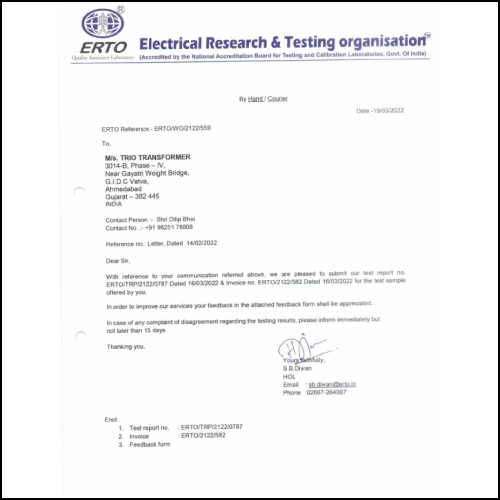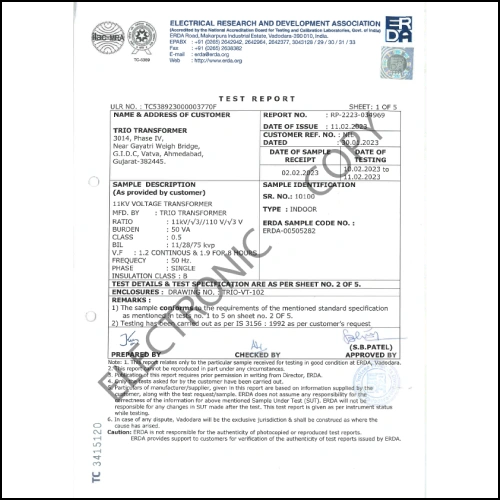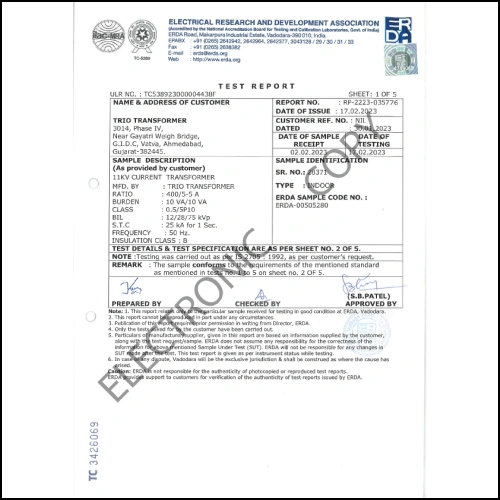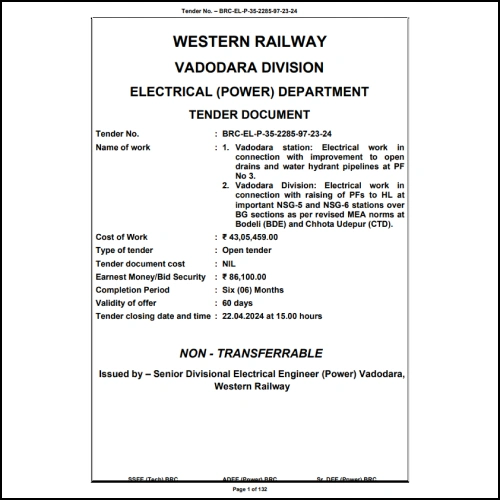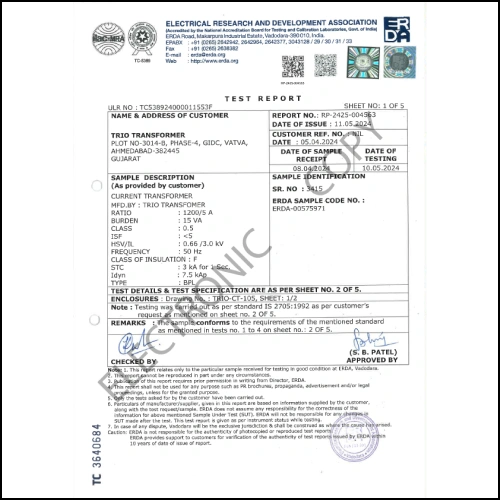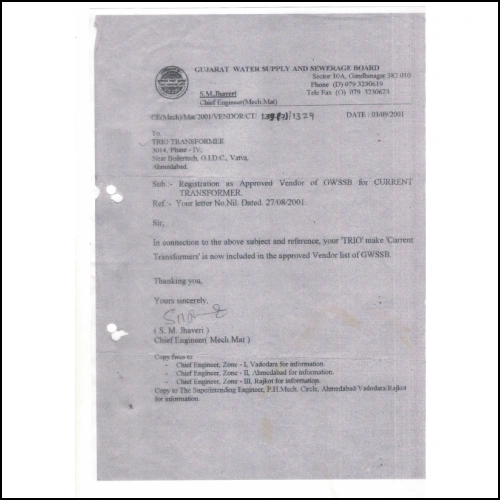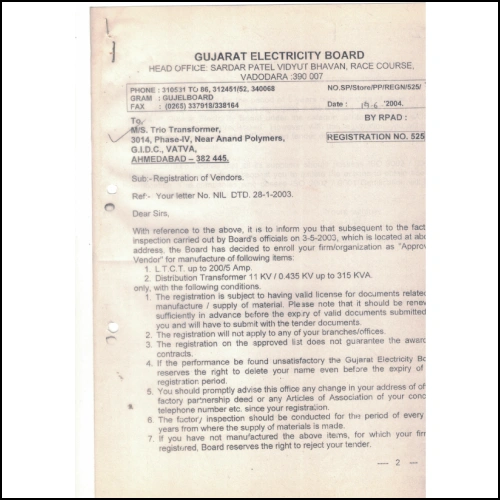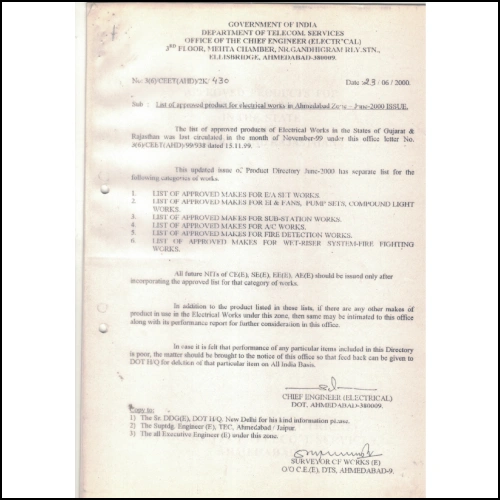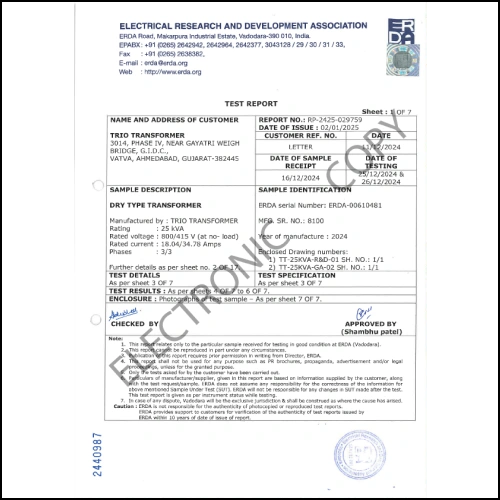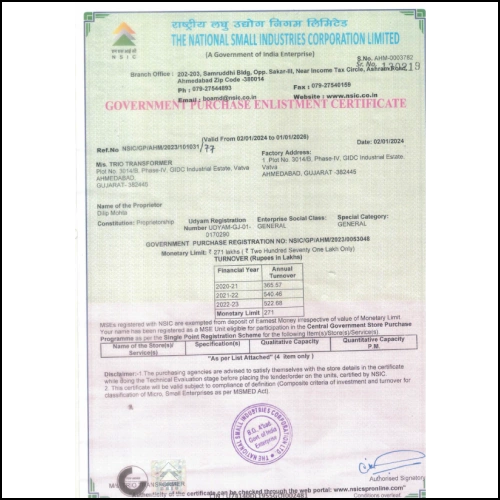Quality ATS Transformers Engineered for Reliability
Auto Transformer Starter (ATS)
At Trio Transformer, we focus on delivering groundbreaking and dependable electrical solutions. Our know-how in transformer production especially in the area of Auto Transformer Starters (ATS), makes us stand out. We create and build ATS Transformers that follow strict quality rules, to make sure they work well and last long. We design our products to meet the different needs of various industries. With our customer satisfaction first ideology, we give solutions that can be changed to accommodate specific needs ensuring best productivity and the least downtime.
Building The Future, Restoring The Past
Dedicated Customer Teams & An Agile Services
Application of ATS
Submersible pumps
Sewage pumps
Dewatering pumps in mines and ports
Boosting pumps for water supply
Key Benefits of ATS
High starting torque is required
Starting current needs to be limited
Smooth acceleration is desired
Specifications
| Type | Auto Starter Transformer (ATS) |
|---|---|
| Reference Standard | IS 8544 |
| Rating | 10-500 HP |
| Input Voltage | 415V |
| Output Voltage | 60 % / 70% / 80% / As per requirement |
| Cooling | Air Cooled |
| Configuration | Three Phase |
| Frequency | 50 / 60Hz |
| Insulation Class | f |
| Insulation level (kV / RMS) | 3 KV for 1min |
| Winding Material | Copper |
| Conductor Types | Wires / Strips |
| Starts / Hour | 3 / 6 starts per hour |
| Core Type | Strips |
| Operating / Ambient Temperature | 45 Degree |
Our Approach, Our Philosophy
Trio Transformer has been a prominent player in the transformer manufacturing industry for over thirty long years. With a strong and established supply across India and rapidly growing global presence and footprint, it is offering high-quality transformers to the leading multinational companies.
We are equipped by high technology manufacturing facilities at Ahmedabad and Baroda in the state of Gujarat, India, and more than 30 plus hardworking skilled workers dedicated for producing and manufacturing leading edge transformer solutions. We would proudly claim to be a certified ISO 9001:2015 organization, indicating our commitment to quality and efficiency and customer satisfaction.

























